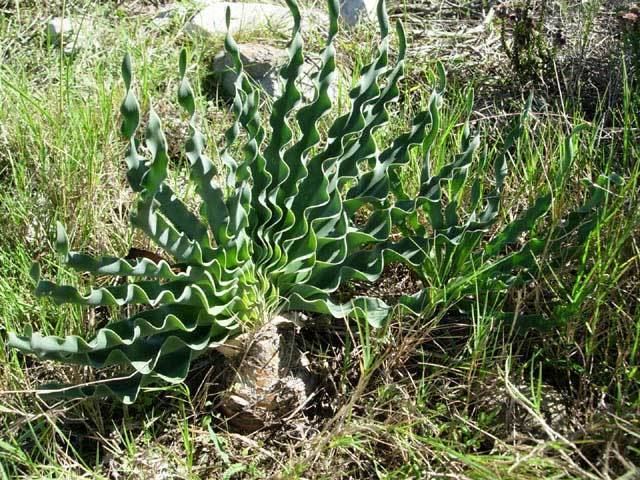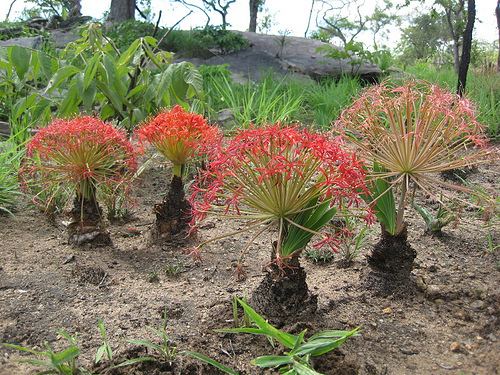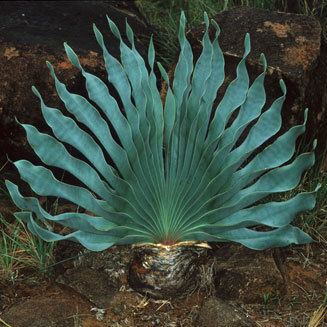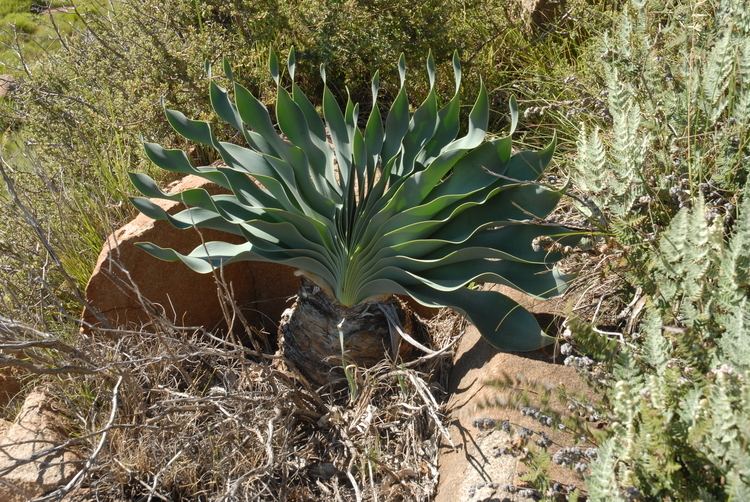Scientific name Boophone disticha Rank Species | ||
 | ||
Similar Boophone, Amaryllidaceae, Brunsvigia, Ammocharis, Boophone haemanthoides | ||
Poison arrows sore eyes the most requested plant boophone disticha
Boophone disticha is a poisonous bulbous tropical and subtropical flowering plant, endemic to Africa. Its common names are gifbol, tumbleweed, veld fan, and windball. The type specimen was collected in 1781 from South Africa by Swedish botanist Carl Peter Thunberg and described by Linnaeus as Amaryllis disticha. Since that time it has been placed in the genera Brunsvigia and Haemanthus, finally coming to rest as Boophone. The genus itself was written in three ways (Boophone, Boophane and Buphane) by the author William Herbert, straining the procedures of the rules of nomenclature. The etymology of the genus is from the Greek 'bous' = ox, and 'phontes'= killer of, a clear warning that eating the plant is fatal to stock.
Contents
- Poison arrows sore eyes the most requested plant boophone disticha
- Native distribution and habitat
- Uses
- References
The genus as understood at the moment, includes two or possibly three species. B. disticha is one of the most widely distributed bulbous species in South Africa, readily identified by its fan-like appearance and its bulb half-protruding from the ground. The Hottentots, Bushmen and Bantu were aware of its poisonous nature and used parts of the plant medicinally and as an arrow poison. The principal compounds are eugenol - an aromatic, volatile oil smelling of cloves and having analgesic properties, and the toxic alkaloids buphandrin, crinamidine and buphanine, the latter having an effect akin to that of scopolamine and if taken in quantity may lead to agitation, stupor, strong hallucinations and (if over-ingested) coma.

This species produces a single inflorescence before the arrival of the season's new leaves. While maturing the fruiting head's pedicels undergo a stiffening process and remarkable elongation to some 300mm. When the fruiting head separates at its junction with the stalk, it is easily moved by light breezes, scattering seeds as it rolls.
Native distribution and habitat

Boophone disticha is native to Angola, Botswana, Burundi, the Democratic Republic of the Congo, Kenya, Lesotho, Malawi, Mozambique, Namibia, Rwanda, South Africa (in the provinces of Eastern Cape, Free State, Gauteng, KwaZulu-Natal, Limpopo, Mpumalanga, Western Cape), Swaziland, Tanzania, Uganda, Zambia, and Zimbabwe. It grows wild in dry savannas, grasslands and the South African Veld.
Uses
Boophone disticha has been used locally to make poison for arrow's tips, and in the treatment equine piroplasmosis.

The bulb has a wide range of uses in traditional African medicine. It contains alkaloids such as lycorine and buphanidrine which have analgesic properties.
Material from this species' bulb was used to preserve the Khoi Kouga mummy found in the Langkloof.

